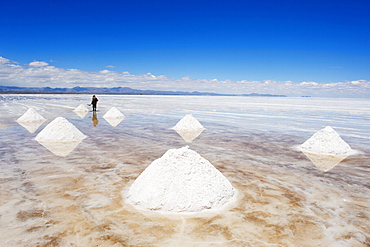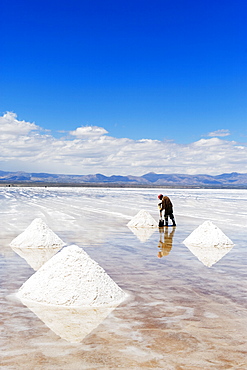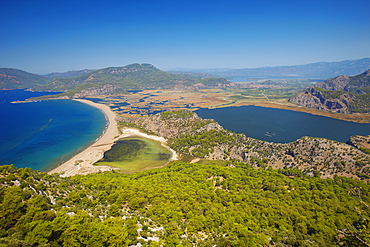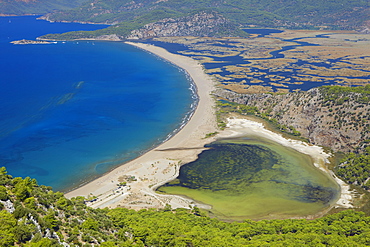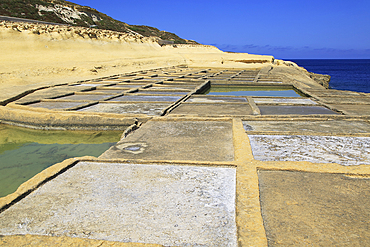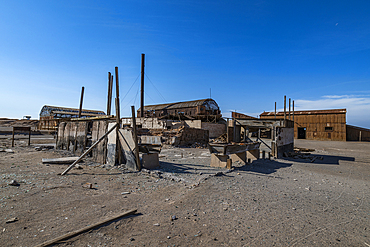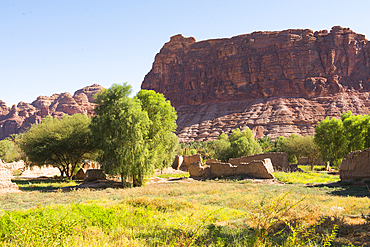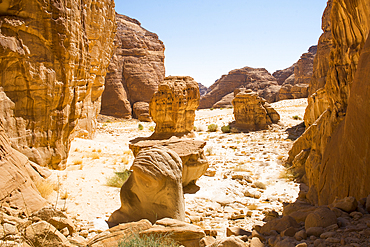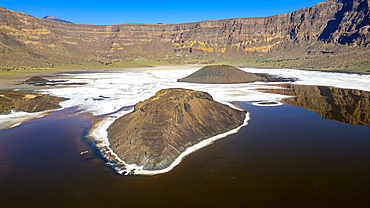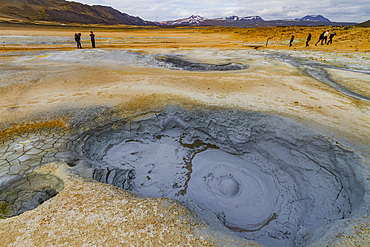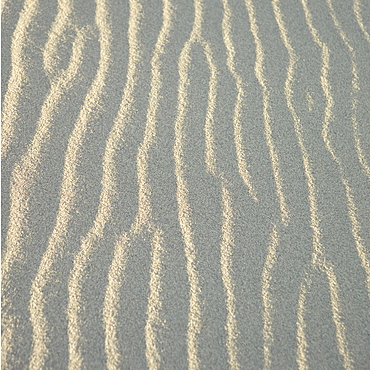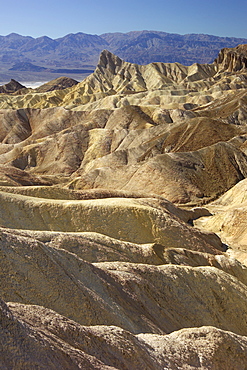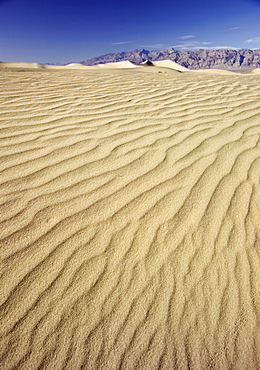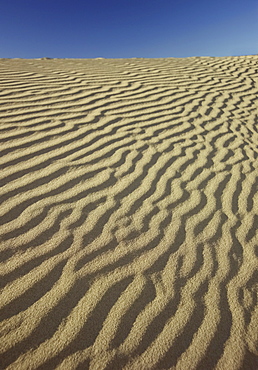Results
21 results found
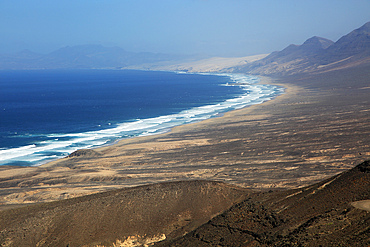
Viewpoint to Cofete beach Atlantic Ocean coast, Jandia peninsula, Fuerteventura, Canary Islands, Spain, Atlantic, Europe

A sunrise over Vang Vieng, with a rainbow over the clouds, as a hot air balloon rises in the foreground, Laos, Indochina, Southeast Asia, Asia
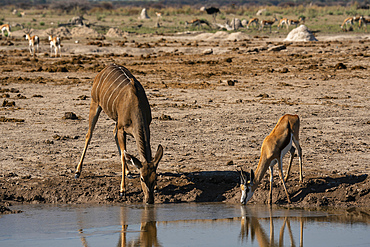
A female greater kudu (Tragelaphus strepsiceros) and springbok (Antidorcas marsupialis) drinking at a waterhole, Nxai Pan National Park, Botswana, Africa
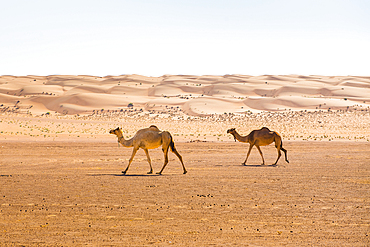
Dunes and camels in the Sharqiya Sands, formerly Wahiba Sands, desert region, Sultanate of Oman, Arabian Peninsula
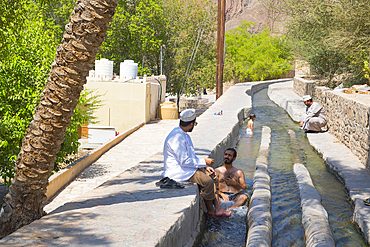
Bathers in irrigation canal, Birkat Al Mouz, Al Dakhliya region, Falaj irrigation system (Falaj Al-Khatmeen), UNESCO, Oman, Arabian Peninsula
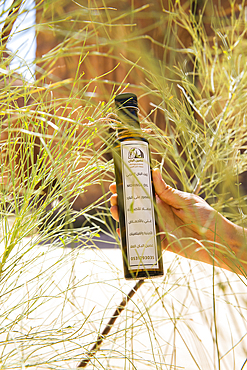
Bottle of Moringa oil in Moringa peregrina tree at Our Habitas AlUla, sustainable desert luxury resort in the Ashar Valley, Medina Province, Saudi Arabia
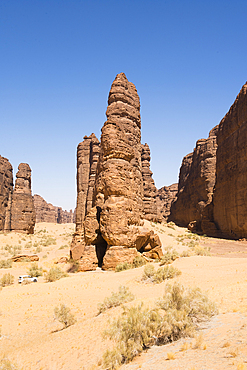
Safari tour among the magnificent sandstone rock structures in the Sharaan Nature Reserve, AlUla, Medina Province, Saudi Arabia
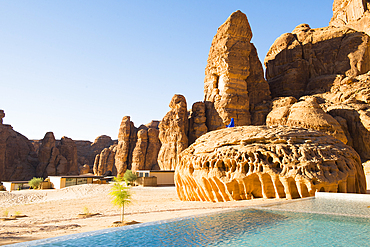
Swimming pool, surrounded by sandstone rock structures, Our Habitas AlUla, oasis in canyons of the Ashar Valley, Medina Province, Saudi Arabia
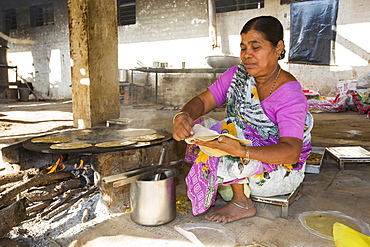
The Muni Seva Ashram in Goraj, near Vadodara, India, is a tranquil haven of humanitarian care. The Ashram is hugely sustainable, next year it will be completely carbon neutral. Its first solar panels were installed in 1984, long before climate change was on anyones agenda. Their energy is provided from solar panels, and wood grown on the estate. Waste food and animal manure is turned inot biogas to run the estates cars and also used for cooking. Solar cookers are also used, and the air conditioning for the hospital is solar run. 70 % of the food used is grown on the estate. They provide an orphanage, schools for all ages, vocational training, care for the elderly, a specialist cancer hospital withstate of the art machinary, and even have a solar crematorium. This shot shows a cook preparing chapatis on a biofuel stove.
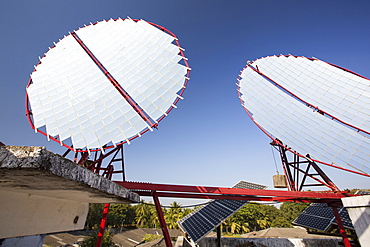
The Muni Seva Ashram in Goraj, near Vadodara, India, is a tranquil haven of humanitarian care. The Ashram is hugely sustainable, next year it will be completely carbon neutral. Its first solar panels were installed in 1984, long before climate change was on anyones agenda. Their energy is provided from solar panels, and wood grown on the estate. Waste food and animal manure is turned inot biogas to run the estates cars and also used for cooking. Solar cookers are also used, and the air conditioning for the hospital is solar run. 70 % of the food used is grown on the estate. They provide an orphanage, schools for all ages, vocational training, care for the elderly, a specialist cancer hospital withstate of the art machinary, and even have a solar crematorium. This shot shows solar panels that focus the suns rays on heat exchangers to boil oil, which is then sent down to the kitchens below to heat the cookers.
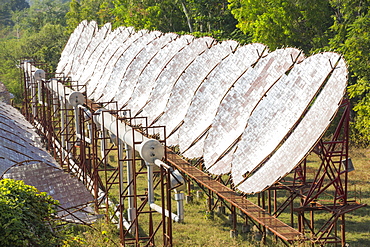
The Muni Seva Ashram in Goraj, near Vadodara, India, is a tranquil haven of humanitarian care. The Ashram is hugely sustainable, next year it will be completely carbon neutral. Its first solar panels were installed in 1984, long before climate change was on anyones agenda. Their energy is provided from solar panels, and wood grown on the estate. Waste food and animal manure is turned inot biogas to run the estates cars and also used for cooking. Solar cookers are also used, and the air conditioning for the hospital is solar run. 70 % of the food used is grown on the estate. They provide an orphanage, schools for all ages, vocational training, care for the elderly, a specialist cancer hospital withstate of the art machinary, and even have a solar crematorium. This shot shows the solar air conditioning for the Ashram's hospital.

Firefighting helicopter pours water over forest fire, flames, fire inferno, climate change, heat, destruction, AI generates
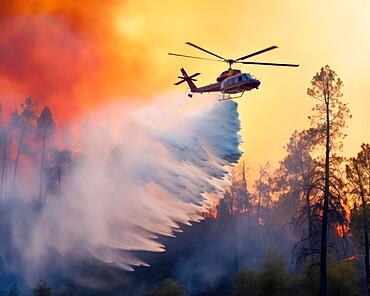
Firefighting helicopter pours water over forest fire, flames, fire inferno, climate change, heat, destruction, AI generates

Firefighting helicopter pours water over forest fire, flames, fire inferno, climate change, heat, destruction, AI generates
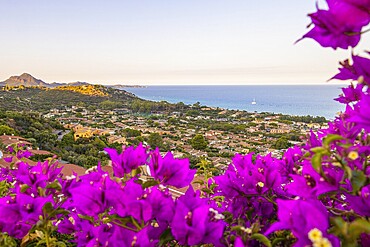
From the hilly hinterland you have an unobstructed view over the Costa Rei, a south-eastern coastal section of the Italian Mediterranean island of Sardinia, Sardinia, Costa Rei, Italy

The Muni Seva Ashram in Goraj, near Vadodara, India, is a tranquil haven of humanitarian care. The Ashram is hugely sustainable, next year it will be completely carbon neutral. Its first solar panels were installed in 1984, long before climate change was on anyones agenda. Their energy is provided from solar panels, and wood grown on the estate. Waste food and animal manure is turned inot biogas to run the estates cars and also used for cooking. Solar cookers are also used, and the air conditioning for the hospital is solar run. 70 % of the food used is grown on the estate. They provide an orphanage, schools for all ages, vocational training, care for the elderly, a specialist cancer hospital withstate of the art machinary, and even have a solar crematorium. This shot shows solar panels that focus the suns rays on heat exchangers to boil oil, which is then sent down to the kitchens below to heat the cookers.

Silhouetted karst rock formations at sunset in Phang-Nga, Thailand, Ao Phang Nga, Phang-nga, Thailand
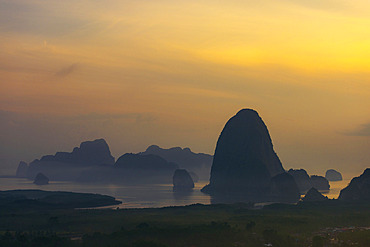
Silhouetted karst rock formations at sunset in Phang-Nga, Thailand, Ao Phang Nga, Phang-nga, Thailand
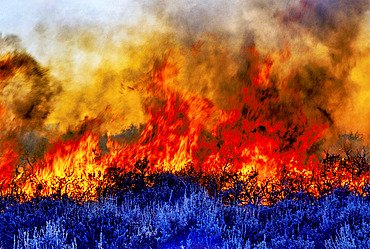
Flames leap high as a wildfire caused by lightning spreads into the night along a ridge line, Malad River, Idaho, United States of America
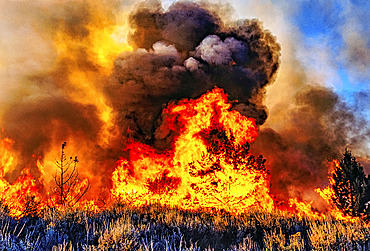
Flames leap high as a wildfire caused by lightning spreads into the night along a ridge line, Malad River, Idaho, United States of America
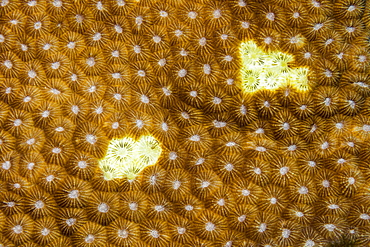
This hard coral colony in the Pacific has begun to bleach, expelling its symbiotic zooxanthellae, consequences of global climate change and climate warming, Yap, Micronesia

